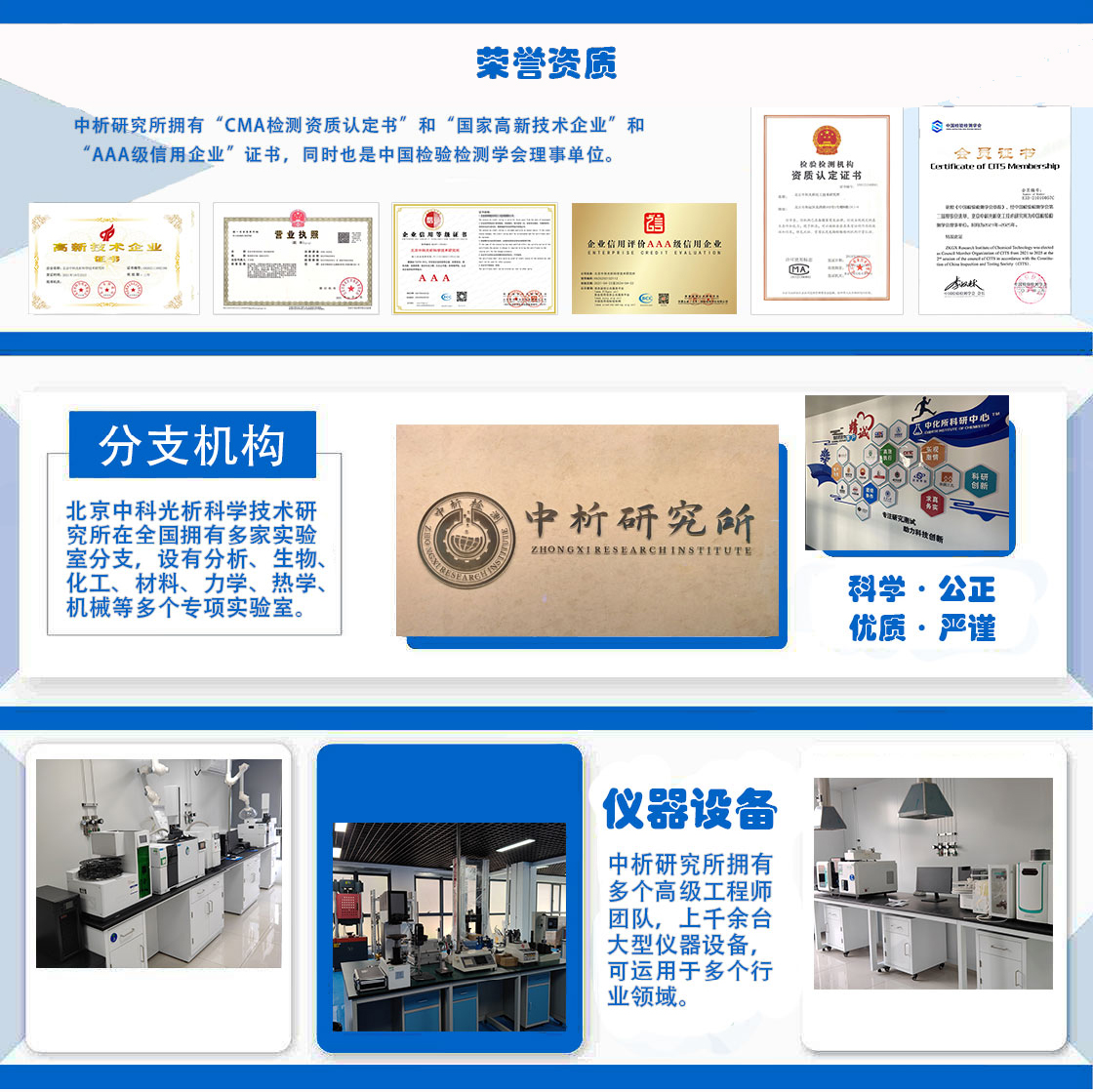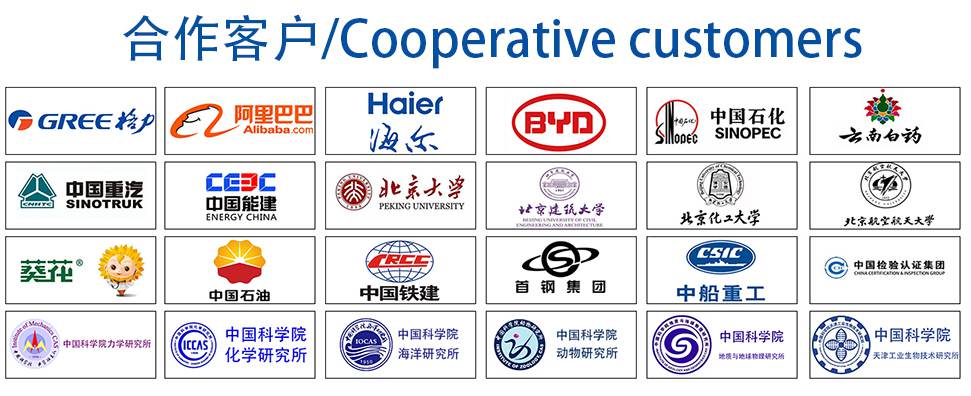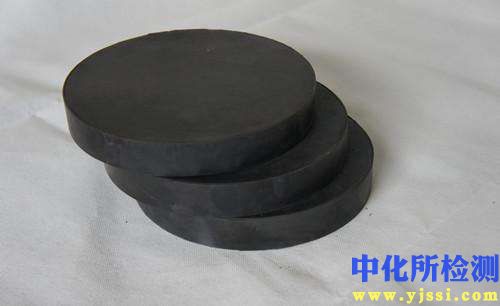Introduction to Ethylene-Vinyl Acetate Copolymer (EVA) Encapsulant Film in Photovoltaic Modules
Ethylene-Vinyl Acetate copolymer (EVA) film is a critical material used in the encapsulation of photovoltaic (PV) modules, serving as a protective layer that bonds solar cells, backsheets, and cover glasses into a durable, weather-resistant unit. Its primary functions include providing excellent optical transparency to maximize light transmission, ensuring electrical insulation to prevent short circuits, and offering robust adhesion to resist environmental stressors like UV radiation, moisture, and thermal cycling. In the rapidly growing solar industry, EVA accounts for a significant portion of module costs, and its performance directly impacts the efficiency, lifespan, and reliability of PV systems. For instance, poor-quality EVA can lead to issues such as delamination, yellowing, bubble formation, or reduced power output, potentially shortening module lifespans to under 20 years and increasing maintenance costs. Therefore, rigorous detection of EVA film properties is essential during manufacturing and quality control phases to comply with international safety standards, enhance energy yield, and support sustainable solar deployment. This article focuses on the key aspects of EVA film detection, including detection items, instruments, methods, and standards, to ensure optimal performance in real-world applications.
Detection Items
The detection of EVA film involves evaluating multiple critical properties to ensure it meets performance requirements for photovoltaic encapsulation. Key detection items include optical performance metrics like transmittance (typically above 90% for visible light) and UV stability to assess light efficiency and resistance to solar degradation. Mechanical properties are tested through tensile strength, elongation at break, and peel strength to gauge durability under stress. Thermal properties cover melting point, thermal shrinkage, and heat resistance, which affect behavior during module lamination and operation. Electrical properties such as volume resistivity and dielectric strength are vital for insulation safety. Chemical properties include cross-linking degree (aiming for over 75% for optimal stability), gel content, and resistance to chemicals like acids or solvents. Environmental adaptability tests involve weathering resistance, moisture permeability, and low-temperature flexibility to simulate harsh outdoor conditions. Failure in any of these items can lead to module defects, making comprehensive testing mandatory for quality assurance.
Detection Instruments
A variety of specialized instruments are employed for the precise detection of EVA film properties. For optical analysis, spectrophotometers (e.g., PerkinElmer Lambda models) measure transmittance and reflectance across UV-visible spectra. Mechanical testing relies on universal testing machines (UTMs) like Instron models to conduct tensile, compression, and peel tests according to standardized protocols. Thermal properties are evaluated using differential scanning calorimeters (DSC) for melting point determination and thermogravimetric analyzers (TGA) for thermal stability; instruments such as TA Instruments Q-series are common. Electrical testing involves high-voltage testers for dielectric strength and resistivity meters for volume resistivity assessments. Cross-linking degree is measured with Soxhlet extractors to determine gel content after solvent extraction. Additionally, environmental simulation instruments include UV weathering test chambers (e.g., Q-LAB QUV) for accelerated aging and humidity chambers for moisture resistance testing. These instruments enable accurate, repeatable data collection under controlled laboratory conditions.
Detection Methods
Detection methods for EVA film involve standardized procedures to ensure consistency and reliability. Transmittance testing follows methods like ASTM D1003, using a spectrophotometer to measure light transmission at specific wavelengths (e.g., 550 nm for visible light). Mechanical strength tests are performed per ASTM D882 or ISO 527, where a UTM applies controlled force to a sample until failure, recording parameters like maximum load and elongation. Thermal analysis methods include DSC according to ASTM E794 to identify melting transitions, and TGA under ASTM E1131 for decomposition temperatures. Electrical properties are assessed via ASTM D257 for volume resistivity, using electrodes to measure resistance under applied voltage. Cross-linking degree is determined through solvent extraction (e.g., xylene immersion per IEC 62788-2), calculating gel content as a percentage of insoluble material. Accelerated aging tests in UV chambers use cycles of light and moisture based on IEC 61215 to simulate years of exposure in weeks. Each method requires sample preparation, calibration, and multiple trials to minimize errors, with data analyzed against benchmarks for pass/fail decisions.
Detection Standards
Detection standards provide the framework for EVA film testing, ensuring compliance with global quality and safety norms. Key international standards include IEC 61215 for terrestrial PV module design qualification, which outlines requirements for EVA properties like UV stability and thermal endurance. IEC 62788-2 specifically addresses measurement procedures for polymeric materials in PV modules, covering aspects such as gel content and adhesion strength. ASTM standards, such as ASTM D1003 for haze and luminous transmittance, ASTM D882 for tensile properties, and ASTM E794 for DSC analysis, are widely adopted in North America. In China, national standards like GB/T 29848-2013 detail EVA film specifications, including minimum transmittance and mechanical thresholds. Additionally, industry certifications like UL 1703 for fire safety in the US include EVA testing protocols. Regional standards such as EN 50583 in Europe also apply, focusing on durability and environmental impact. Adherence to these standards ensures EVA films withstand 25+ years of operation, facilitating market access and reducing failure risks in PV installations worldwide.





 扫一扫关注公众号
扫一扫关注公众号

